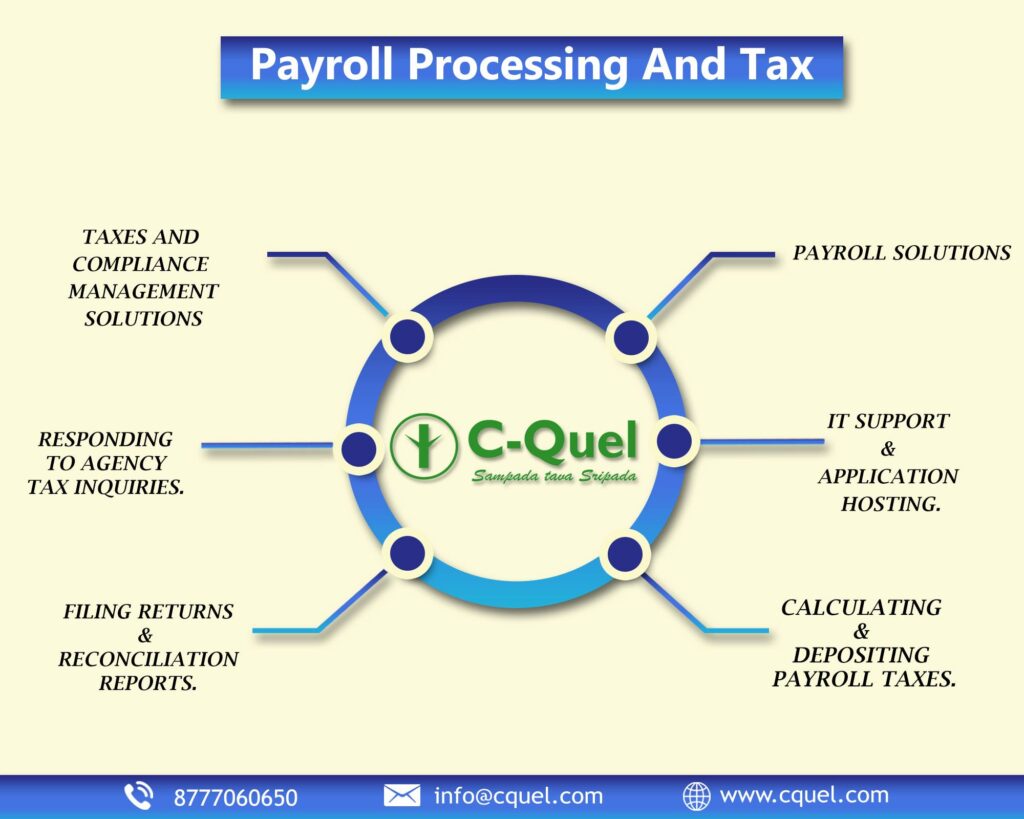Effective payroll management is crucial for businesses of all sizes. As organizations grow and the number of employees increases, manual payroll processes become time-consuming, error-prone, and inefficient. To overcome these challenges, many companies are turning to employee payroll management systems. In this blog post, we will explore the benefits of implementing an employee payroll management system, which encompasses attendance and payroll software, HRMS payroll software, and payroll management software.
Increased Efficiency and Time Savings
One of the primary benefits of an employee payroll management system is improved efficiency and significant time savings. Automating payroll processes eliminates the need for manual calculations, data entry, and paperwork. Attendance and payroll software, integrated with biometric or time-tracking systems, simplifies attendance management and accurately captures employees’ working hours. This automation reduces the administrative burden on HR teams, enabling them to process payroll quickly and efficiently, ultimately saving valuable time for other strategic HR initiatives.
Minimized Errors and Compliance Risks
Manual payroll processes are prone to human errors, which can lead to incorrect salary calculations, tax miscalculations, and compliance issues. Employee payroll management systems mitigate these risks by automating complex calculations, ensuring accurate and error-free payroll processing. These systems also stay updated with the latest tax laws and regulatory requirements, reducing compliance risks and helping businesses maintain legal compliance. By minimizing errors and ensuring compliance, organizations can avoid costly penalties and reputational damage.
Enhanced Data Security and Confidentiality
Employee payroll data is highly sensitive and confidential. Manual payroll processes involving physical documents and spreadsheets increase the risk of data breaches, unauthorized access, and loss of information. Payroll management software offers robust data security measures, such as encryption, user access controls, and regular data backups. By centralizing employee data and implementing secure access protocols, these systems protect sensitive information, ensuring confidentiality and data integrity.
Streamlined Reporting and Analytics
Employee payroll management systems provide comprehensive reporting and analytics capabilities, offering valuable insights into payroll expenses, employee costs, and tax liabilities. These systems generate various reports, such as payroll summaries, tax reports, and statutory compliance reports, which facilitate data-driven decision-making and financial planning. HRMS payroll software enables HR teams and management to analyze payroll trends, identify cost-saving opportunities, and make informed budgetary decisions, ultimately improving organizational efficiency.
Conclusion:
Implementing an employee payroll management system brings numerous benefits to organizations, including increased efficiency, minimized errors and compliance risks, enhanced data security, and streamlined reporting and analytics. attendance and payroll software, HRMS payroll software, and payroll management software offer powerful features that simplify payroll processing, improve accuracy, and ensure legal compliance. By adopting these systems, businesses can optimize their payroll processes, reduce administrative burdens, and focus on strategic HR initiatives, fostering employee satisfaction and organizational growth.

